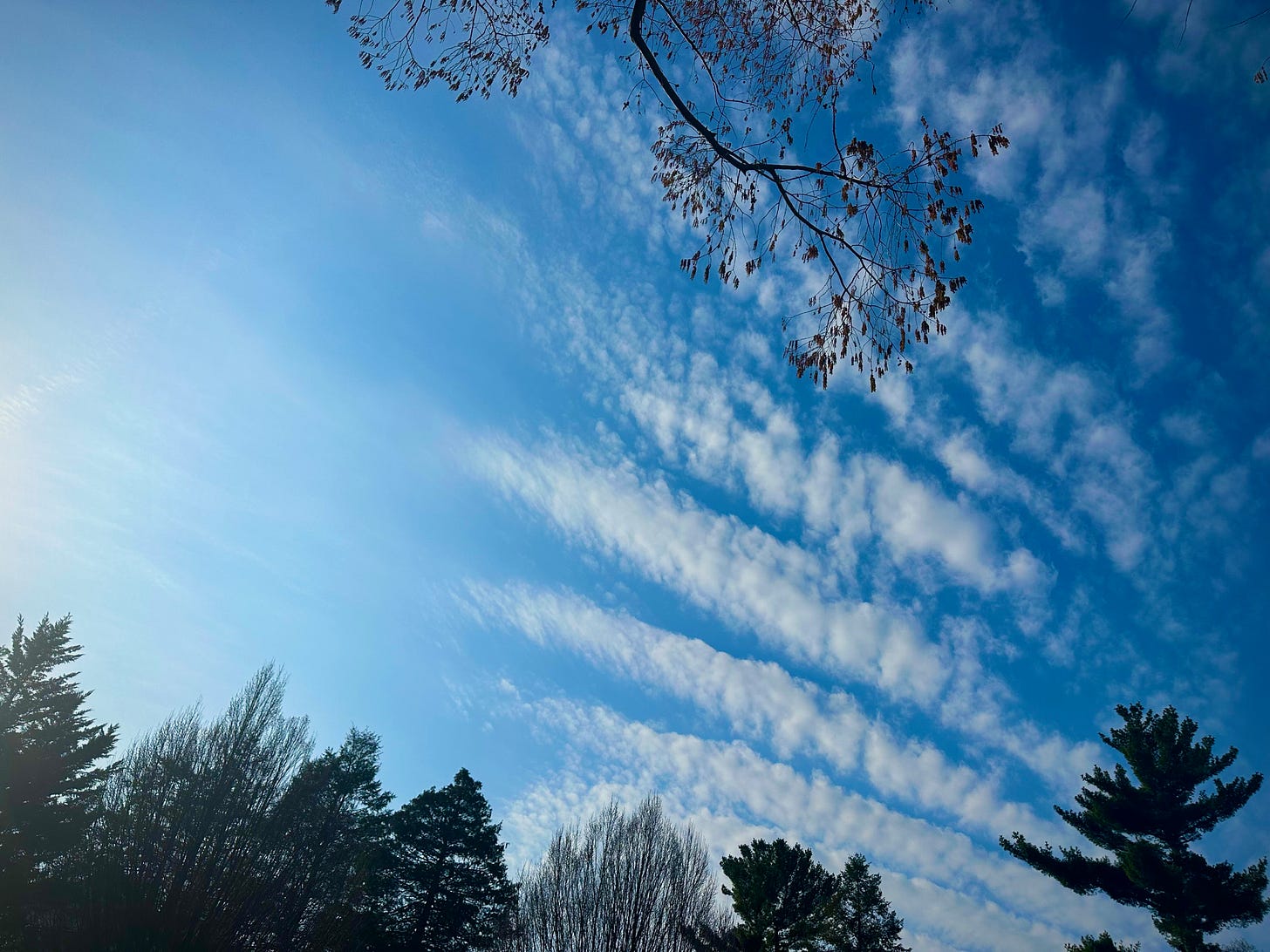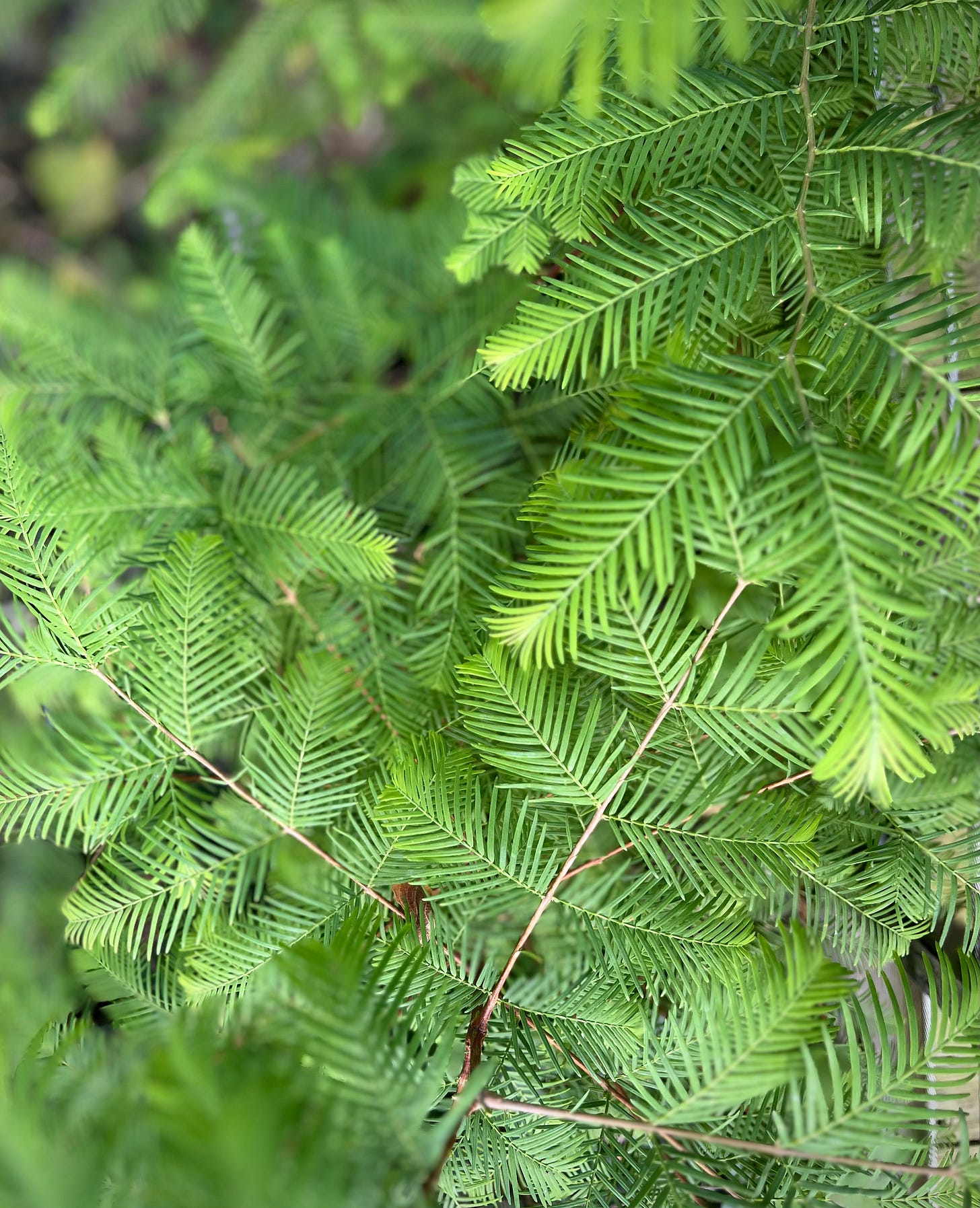Welcome to Vera Monstera! Movement is everywhere. Step into an embodied world where life springs from the power of play and slow-osity. What’s that? It’s like velocity, but instead of speeding in one direction, we dive into spacious, internal rhythms. No destinations, but lots of sights to see. It means the world that you’re here!
Subscribing for FREE helps bring visibility to these hidden moments in movement. And it helps Vera Monstera grow.
I am giddy to introduce today’s guest writer, Mary Kate Schmermund. We are cut from the same cloth as dancers who are writers (or writers who are dancers). She’s a marvel, a delight, one of my favorite humans and my cousin to boot.
Mary Kate is a writer living in Montclair, NJ who frequents dance classes, coffee shops, and independent bookstores at every opportunity. Connecting with the great outdoors and community fuel her. You can find her published works on the intersections of creativity and innovation at marykateschmermund.com.
This movement meditation will have you on your feet. But all you need to do to prepare is sit in a chair. Enjoy!
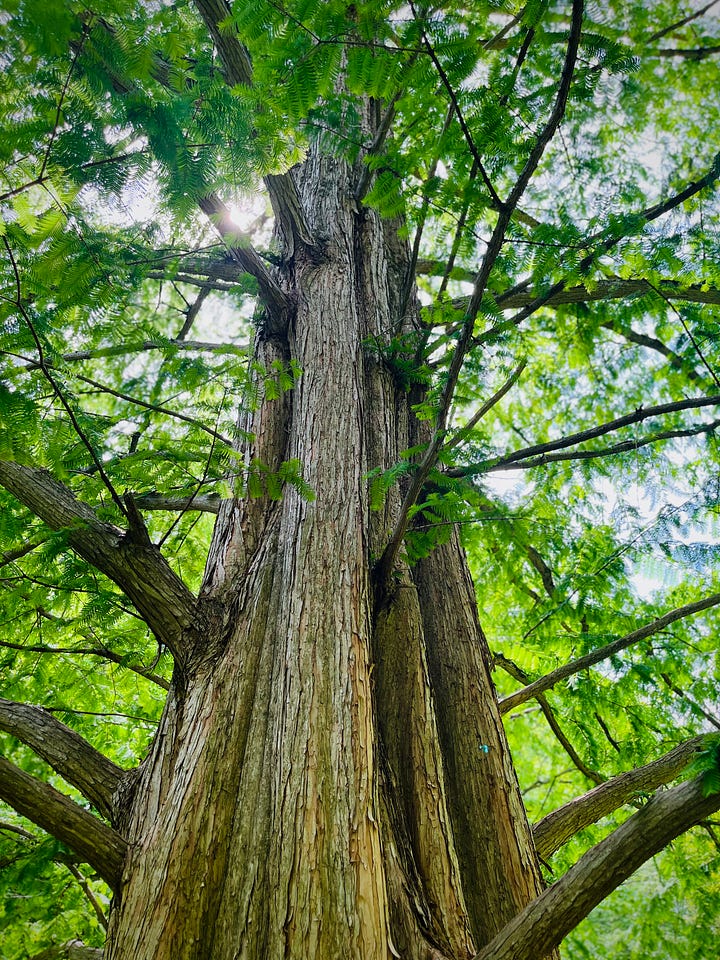
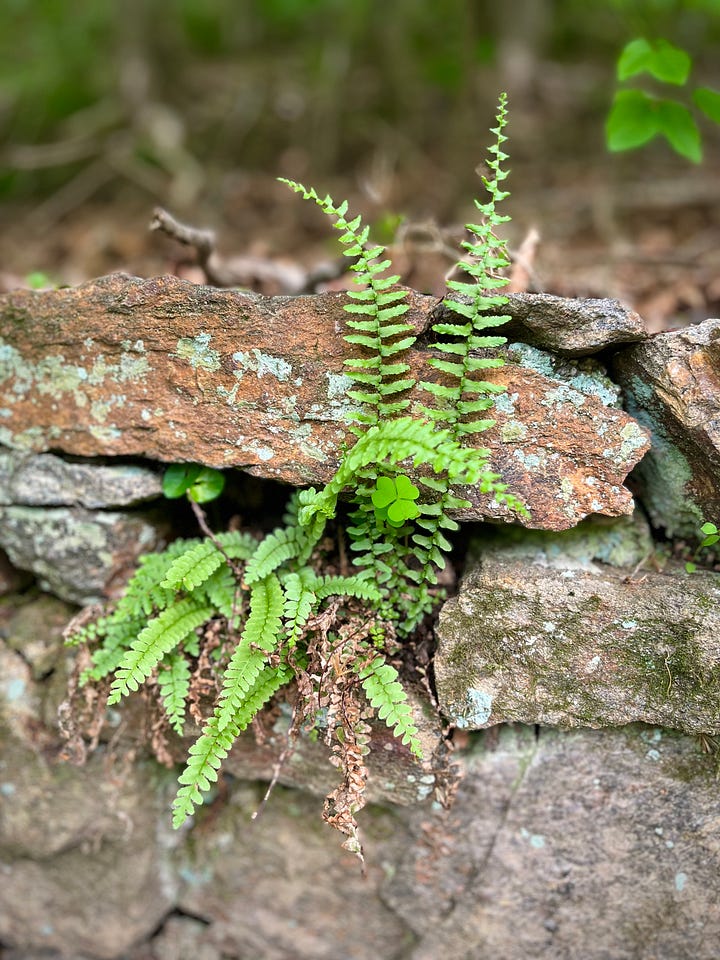
Your body is forever in motion.
Take a breath. Where are you? Can you feel yourself supported by your chair? Can you slowly, slowly, slowly sink? Release all that’s keeping you upright and afraid. Why are you on such high alert?
Nothing is urgent. Nothing, really? You side eye those words.
We create urgency in the absence of purpose. We create chaos to feel less alone.
So, let’s do it again. Let’s breathe. Mmm. The slow in and the slow out. The brave release after the ragged inhale. You can stop, you know? There will always be more groceries to collect, more accolades to aspire toward, more links to click, podcasts to hear, and conversations that ultimately go nowhere.
So, we pause. What exists in the silence? What remains when everything else stops?
When was the last time you wiggled your toes? Have you counted your fingers recently? Noticed your hands? Studied the intersecting lines, ridges, and bumps – your personal blueprint, a visible DNA?
Ah, deep breath. It’s you, it’s just you—not just just, but seriously, you’re the only one interacting with these words right now. It only matters what you think, what you hear, what you envision. What’s the last thing you forgot? What do you most want to remember?
Linger in that sensation, the yearning, the smell, the taste, the want. What if you stood up right now and just bounced. Bounce those knees, shake out those wrists, gallop and sing, and lose yourself. Why do you need to be found anyway?
This is all so fleeting. So, please, let go every day. Even for a millisecond. Even for the breath when you put your toothbrush away. Even when you shut off your bedside lamp.
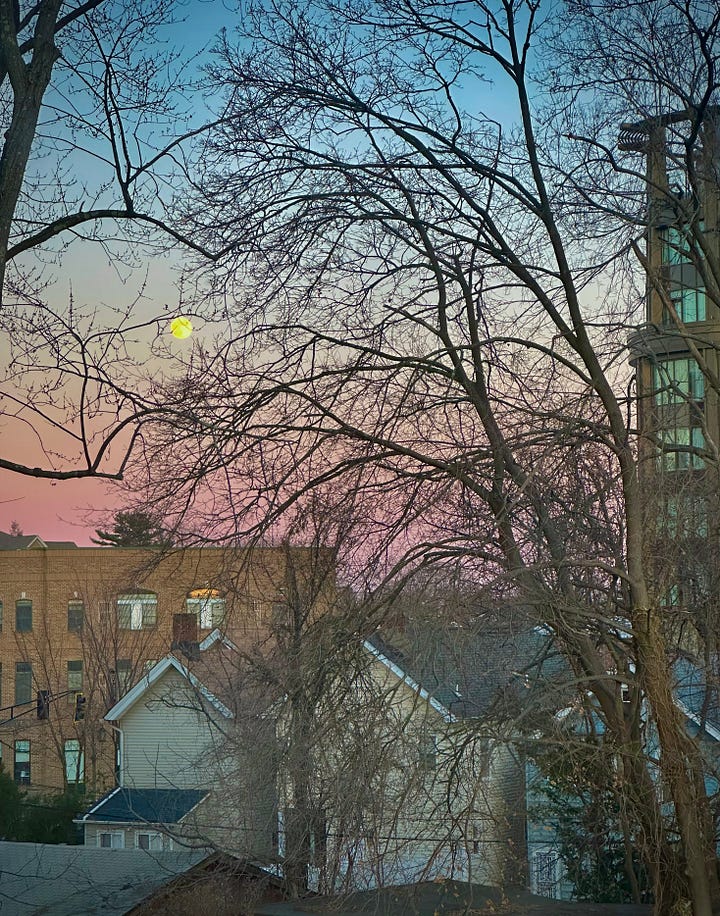
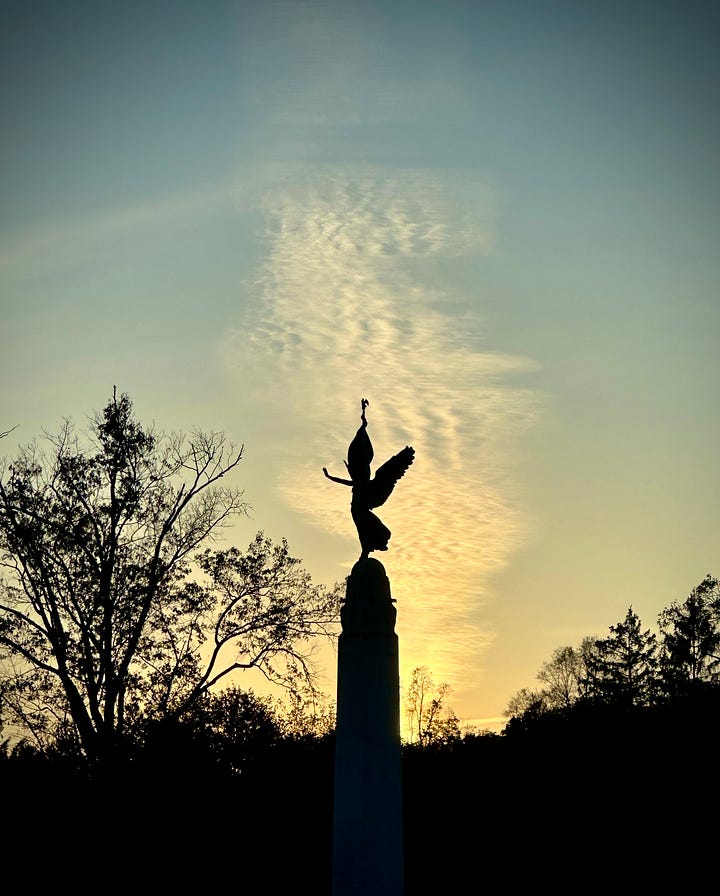
Q&A with Mary Kate
You're writing about a dancer in one of your novels. How do you translate movement for the page in a non-visual medium?
Writing about movement helps me remember what various movements feel like in my body, even when I'm sitting still. To translate physical movement for the page, I tap into the memories my body holds about what it feels like to do a leap across the floor or pulse in rhythm with other dance class members or run in the rain. Once I express the physical sensations of these experiences, I imagine what these movements look like and then describe them visually. The more I can tap into the corporeal experience of movement, the more I hope my readers can feel the movement in their own bodies, instead of only envisioning it.
What role has dance played in your life? How has that evolved over time?
Movement and dance have been a cornerstone of my life. From taking dance classes throughout my youth to studying dance composition and transnational fusion bellydance in college, I've been fortunate to have a foundation in these art forms. Over time, my relationship to movement and dance has become less of an obligation and more of an exploration. I continue to try new movement forms from a place of joy, curiosity, and fun. Dance continues to connect me with interesting, kind people and is a form of self-expression that grows and changes as I do.
How do you think about movement in your everyday life? What are some of your favorite everyday movements?
In my everyday life, walking is my typical mode of movement. By taking several walks throughout my day, I connect more with my community and the nature that surrounds us. My favorite everyday movements are squatting to notice a new blossom sprouting in my garden or a particularly bodacious ant in the grass. I've noticed that the more I incorporate stretching, dancing, and shaking into my everyday life, the more relaxed, grounded, and excited I feel. As always, I welcome the invitation to move more.






